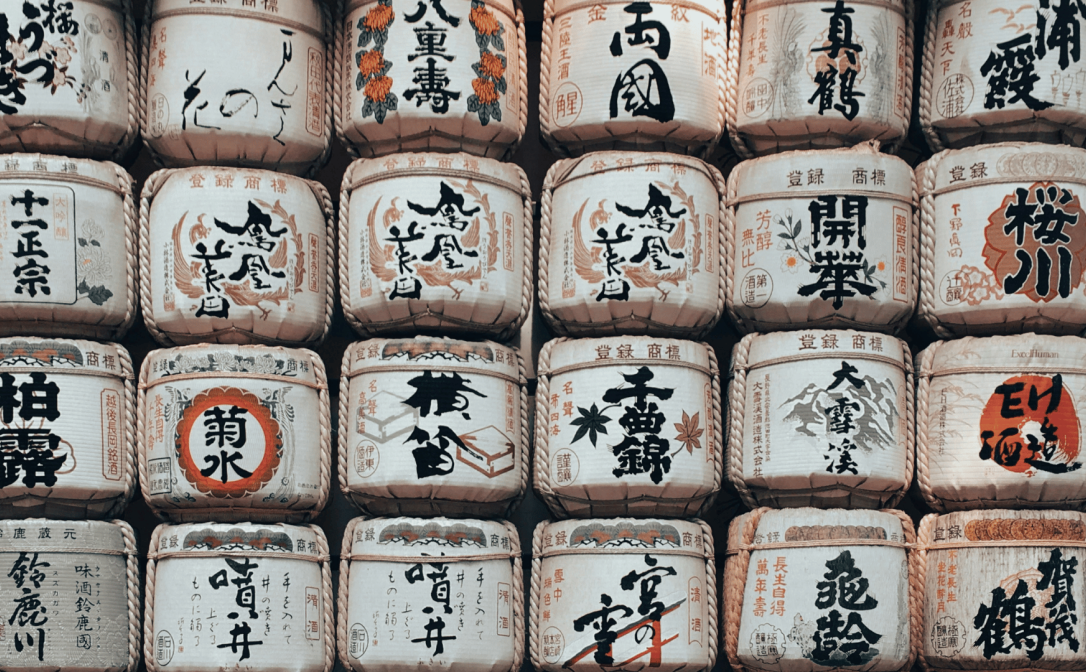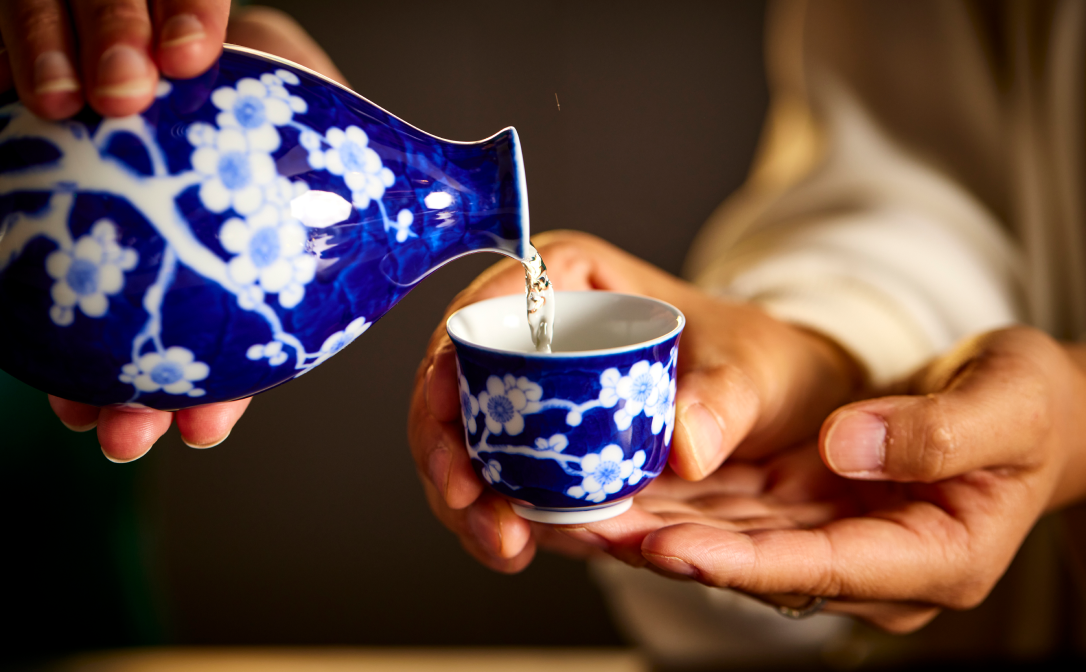Sake is a symbol of Japan’s history, craftsmanship, and community. Brewed from rice, water, yeast, and koji, a type of mold crucial to the fermentation process, sake has evolved over centuries. Every bottle tells a story of regional styles, ingredients, and brewing techniques. But sake is also woven into Japan’s most important customs, from weddings to festivals. In this interview, we’re excited to explore the deeper meaning behind a selection of these sacred traditions with Natsuki Kikuya, a renowned sake expert, WSET educator and ‘Sake Samurai.’ Whether you’re curious about how sake is made or how it’s celebrated, these traditions reveal the spirit of sake in all its forms.
Kagami Biraki - Opening the Sake Barrel
Kagami Biraki is the tradition of breaking open a sake barrel during celebrations. Can you explain the significance of this practice?
"Kagami Biraki is deeply rooted in Japanese history. Back when glass bottles didn’t exist, sake was always stored in wooden barrels. The round surface of sake in the barrel, called a 'kagami' (meaning 'mirror' in Japanese), symbolically connects the physical world, as well as the reflection of yourself, with the spiritual realm. You can see this connection in Shinto shrines, where mirrors are often displayed as one of the most sacred objects that represent the gods or divine spirits. Breaking open the lid during celebrations like New Year’s, weddings, or corporate events represents new beginnings. Once the lid is broken with a wooden mallet, the sake is shared with guests as a symbol of good fortune. The sake is served in small wooden boxes called 'masu,' which are often engraved with a logo - so you can even keep one as a memory of the occasion."

San-san-kudo – Three Sips for Unity
San-san-kudo is a wedding tradition involving three sips of sake. What is its significance?
"San-san-kudo is a Shinto wedding tradition. The bride and groom take three sips of sake from three different cups, moving from small to large. The number three is really important in Japanese culture - it’s lucky, symbolising harmony and completeness. The ceremony is all about building connection - not just between the couple, but also between their families and their new life together."
Tsukimi-zake – Sake Under the Full Moon
Tsukimi-zake is a seasonal tradition where people drink sake while viewing the full moon. Why is this important in Japanese culture?
"Tsukimi-zake is part of a broader tradition in Japan of celebrating the seasons through sake. Tsukimi, or moon-viewing, takes place in autumn when the full moon is at its brightest, and people gather to admire it while drinking sake. But it’s not just autumn - sake is tied to the seasons year-round. In spring, we have hanami-zake, which is all about drinking under cherry blossoms, and in winter, there’s yukimi-zake, enjoyed while watching the snow. These are moments where we come together with family and friends to appreciate nature’s beauty over a drink."

Toso – New Year’s Spiced Sake
Toso is a spiced sake traditionally consumed on New Year’s Day. What is its purpose in this ritual?
"Toso is a special sake we drink on New Year’s Day, infused with herbs and spices to protect against illness and cleanse the body. It has a pretty strong, bitter taste that’s not for everyone - I didn’t like it as a kid! But now, I understand its importance. The herbs are believed to drive away bad spirits and negative energy, helping you start the year fresh and healthy. It’s not about drinking fancy sake, but more about the ritual itself, which is done with family, wishing each other good health for the year ahead."
Sake Pouring Etiquette – Caring Through Sake
Serving and pouring sake comes with its own customs. Why is sake pouring etiquette important?
"In Japan, pouring sake for others is a way to show care and respect. You always pour for someone else before yourself. The small size of the sake cup encourages frequent refilling, which leads to more interaction between guests. Pouring or receiving sake is done with both hands, which is rooted in samurai culture. It’s a gesture of trust, showing that you have nothing to hide. The whole process feels very much like the way we exchange business cards in Japan, always done with two hands as a sign of respect."

Sake’s significance in Japanese culture extends far beyond being a drink; it represents centuries of tradition, craftsmanship, and community. As the global appreciation for sake continues to grow, more people are discovering its incredible depth, diversity, and the unique cultural practices that accompany it. Through our courses at WSET, you can explore the intricate world of sake - delving into its complex production methods, rich history, and evolving role in both Japan and beyond. With sake gaining recognition internationally, now is the perfect time to elevate your understanding of this fascinating drink.
To start your sake adventure, why not sign up for our Level 1 Award in Sake?


